Commentary: The collapse of patient trust -- How US health care lost its way
Published in Op Eds
Just as the political health of a nation requires trust in elected officials, the physical and mental health of Americans depends on the trust embedded in the doctor-patient relationship.
For most of the past century, that bond was ironclad. Now, that relationship is fraying.
Gallup polling shows just 44% of Americans rate the quality of care they receive as “good” or “excellent,” the weakest showing since Gallup began asking the question in 2001. Meanwhile, trust in doctors’ honesty and ethics has dropped 14 points since 2021, falling to its lowest point this century.
At first glance, you might assume this decline resulted from recent, external factors: COVID-19, political polarization, and rising vaccine skepticism. Instead, today’s drop in confidence can best be understood as the predictable result of decisions physicians failed to make 20 years ago.
How the arc bent
To understand why patients now rate their doctors so poorly, we need to trace the entire arc of modern medicine: how trust was built, how it reached its peak, and why it declined.
The arc began with the arrival of antibiotics in the 1920s and 30s. Before then, doctors most often offered patients hope and compassion rather than cures. But with the availability of sulfa drugs and, later, penicillin, a doctor’s visit became more likely to prolong a life than shorten it.
The second half of the 20th century marked a golden era in medicine. Breakthroughs in surgery, transplantation, chemotherapy, and vaccines were paired with broader access through employer-sponsored insurance and the creation of Medicare and Medicaid. Life expectancy climbed year after year, and public confidence in doctors soared.
But every arc bends. By the 1990s, the daily demands of clinical practice had undergone significant shifts. Acute problems like pneumonia or broken bones—conditions that often could be treated in a single encounter—gave way to chronic illnesses such as diabetes, heart failure, and hypertension. These conditions demand lifelong management: frequent monitoring, medication adjustments, and repeated follow-ups. Furthermore, the epidemic of chronic disease led to a major uptick in their complications, including heart attacks, strokes, cancers, and kidney failures.
As the need for medical care rose faster than physicians’ ability to provide it, costs soared while clinical outcomes stagnated. Insurers, caught between surging costs and payer resistance, had only one lever to pull: rationing. They rolled out high-deductible plans, imposed prior authorization requirements, and denied a higher number of claims. Doctors, meanwhile, reassured by high patient satisfaction scores, resisted the opportunity to overhaul medical practice. Most kept their small, siloed offices, accepting fee-for-service payments that rewarded volume over outcomes.
As the gap between patient needs and physician capacity widened, access to care steadily eroded. Appointments that once took days to schedule began stretching into weeks or even months, both in primary and specialty care. And when patients finally got through the door, visits felt hurried. With doctors averaging just 17 minutes per encounter, there was little time to listen fully, explain thoroughly, or follow up afterward.
The consequences were predictable. Delayed appointments allowed medical problems to worsen. Rushed exams led to misdiagnoses. And for patients left waiting, worrying, or returning with complications, the logical conclusion was that their doctors didn’t care.
Meanwhile, even as patients noticed the increasingly compromised quality, medical professionals clung to the belief that minor fixes could repair the system and restore the doctor-patient bond. But with less than half of Americans now confident in the quality of care they receive—and premiums projected to rise by nearly 9% next year—the time for denial is over.
To repair the doctor-patient relationship, physicians will need to acknowledge how far patient confidence has plunged and accept the data on their performance. Life expectancy remains the same in the United States today as it was in 2010, and it remains five years below most other developed nations. Further, health care now consumes nearly one-fifth of the nation’s GDP, with half of Americans struggling to afford their medical bills.
Lessons from business turnarounds
To improve the nation’s health and restore the trust that is vital to the doctor-patient relationship, physicians will need to radically shift how they provide medical care. The question is how best to accomplish that most effectively.
As a professor of strategy at the Stanford Graduate School of Business, I’ve studied dozens of companies facing similar existential threats. The successful ones either increased operational excellence or embraced new technology.
Following the first scenario, doctors would join together and use the opportunity to achieve economies of scale, collaborate across specialties to avoid duplication of services, and minimize resource waste through clinical care coordination. Moreover, they would apply the principle of specialization to create high-volume centers of excellence capable of providing consistently high quality with far greater efficiency and significantly lower costs.
Following the second, physicians would move quickly to implement generative AI solutions that empower patients to take on more of their own care and better control their chronic diseases. In addition, they would double down on maximizing people’s health, avoiding medical errors, and minimizing the 30-50% of heart attacks, strokes, cancers, and kidney failures that result from poorly controlled chronic diseases.
In both scenarios, employers, elected officials, and insurers will need to support and incentivize the process by shifting reimbursement to hospitals and doctors from pay-for-volume (fee-for-service) to pay-for-value (capitation). They would do so to maximize the health of the country and maintain health care affordability.
If nothing changes, however, annual costs will outpace inflation, quality will continue to decline, and the gap between health care prices and what patients can afford will widen.
That will serve as fertile soil for disruption. Entrepreneurs will seize the opportunity and introduce generative AI tools that replace (rather than complement) physicians. As a consequence, the doctor-patient relationship will continue to erode, and only the wealthiest Americans will be able to obtain the personalized medical care they desire. Costs may decline, but people’s health will languish, as well. And trust will evaporate forever.
_____
Dr. Robert Pearl, the author of “ChatGPT, MD,” teaches at both the Stanford University School of Medicine and the Stanford Graduate School of Business. He is a former CEO of The Permanente Medical Group.
_____
©2025 The Fulcrum. Visit at thefulcrum.us. Distributed by Tribune Content Agency, LLC.


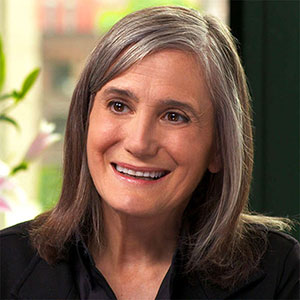
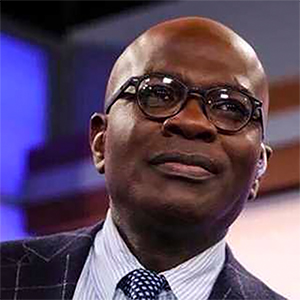
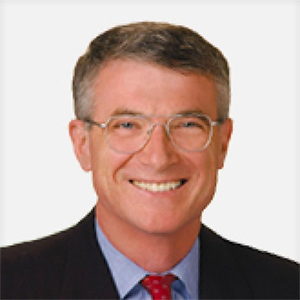
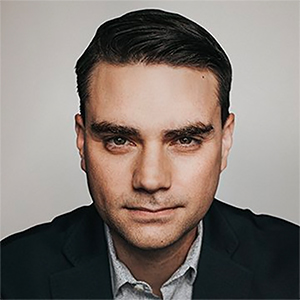

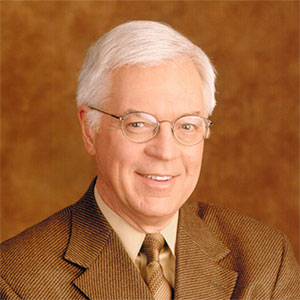
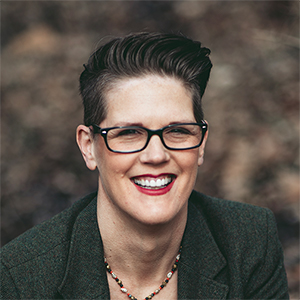
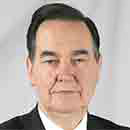



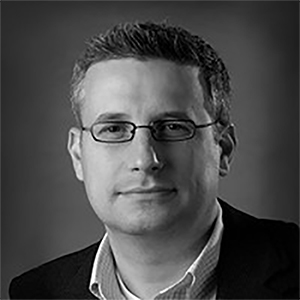

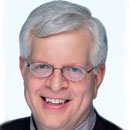
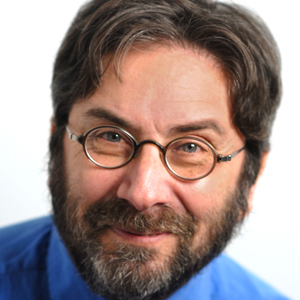
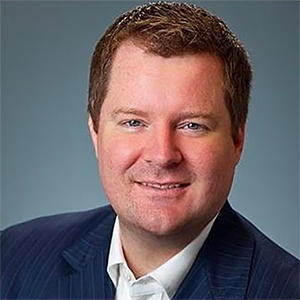
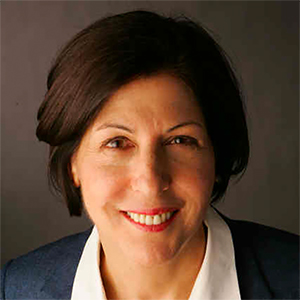
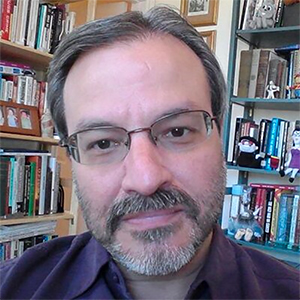
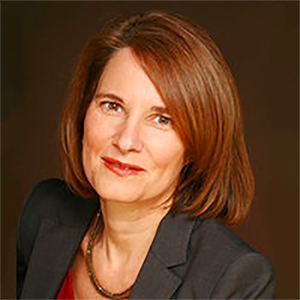
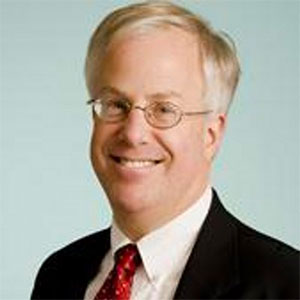

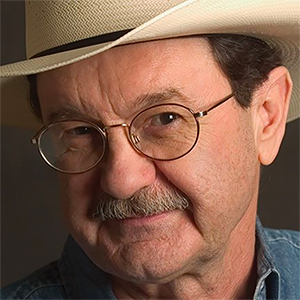
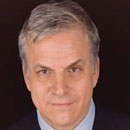
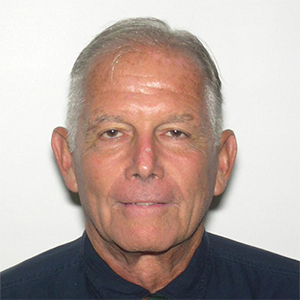
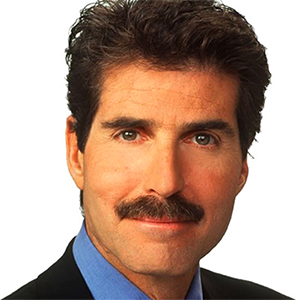
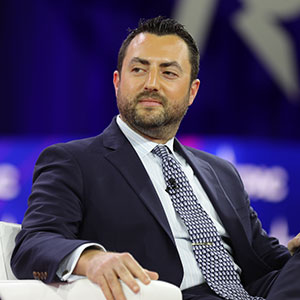
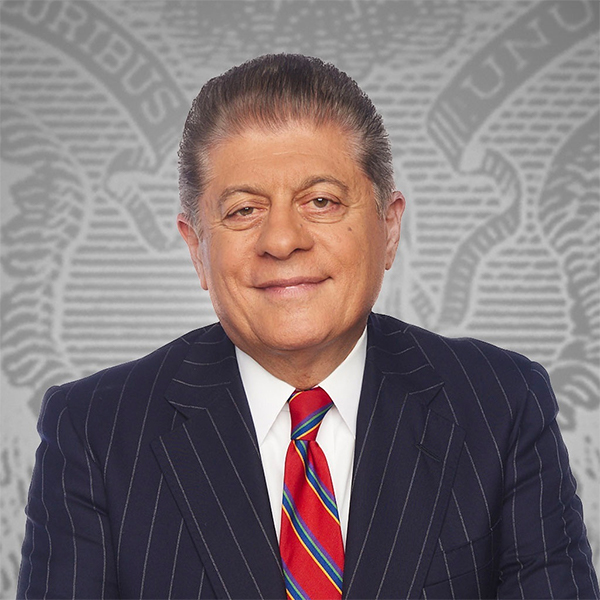


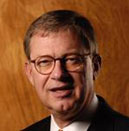


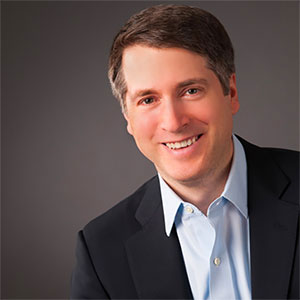

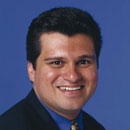
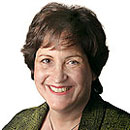
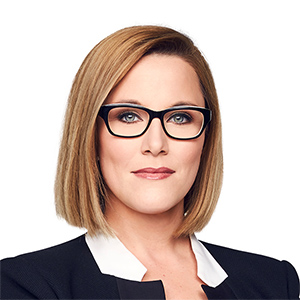
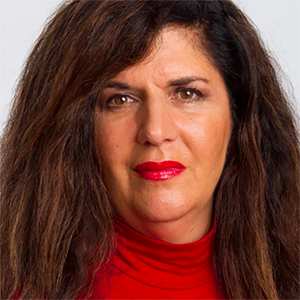

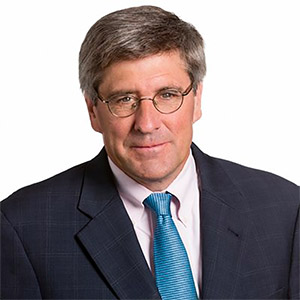


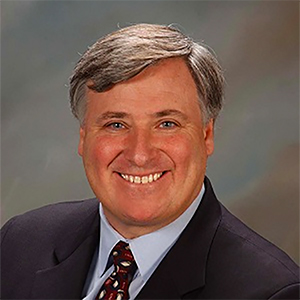
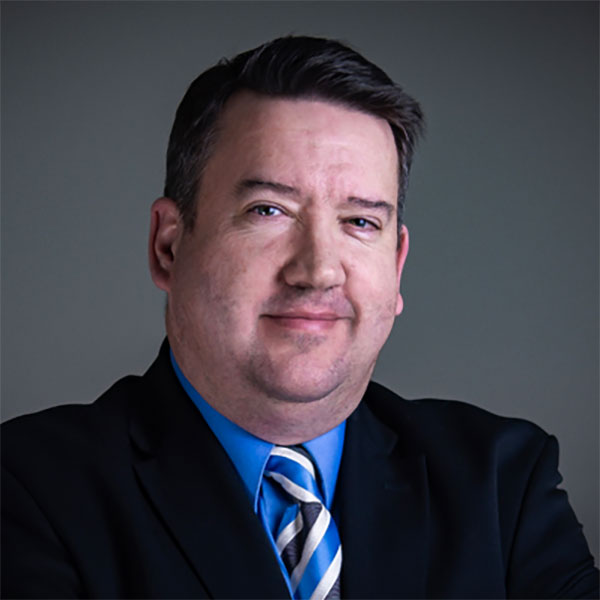
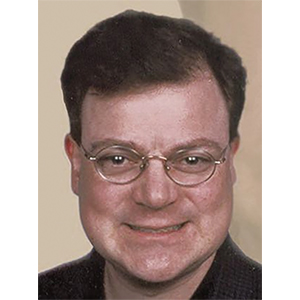
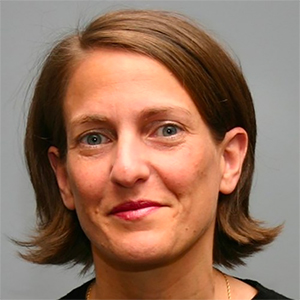

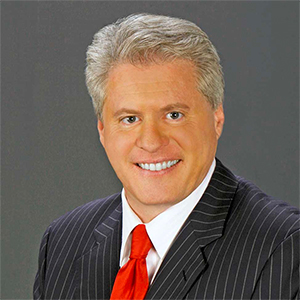



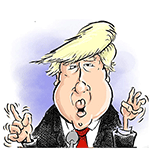
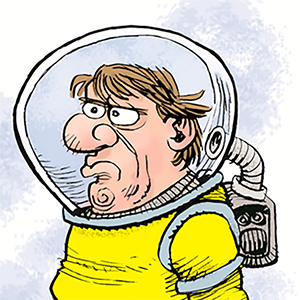

Comments